Surface finishing is a broad range of industrial processes that alter the surface of a manufactured item to achieve a certain property. Finishing processes may be employed to: improve appearance,adhesion or wettability, solderability, corrosion resistance, tarnish resistance, chemical resistance, wear resistance, hardness, modify electrical conductivity, remove burrs and other surface flaws, and control the surface friction. An unfinished surface is often called mill finish.
Depending on the needs of your projects, you might use one process or a selection of processes to achieve the final surface finish to achieve the correct product quality. Winners Rapid has a capabilities to meet your most challenging surface requirements via our high and stable performance suppliers nearby our factory. This means a higher efficiency rate, lower risk of variance, and a higher level of accountability for the end product.
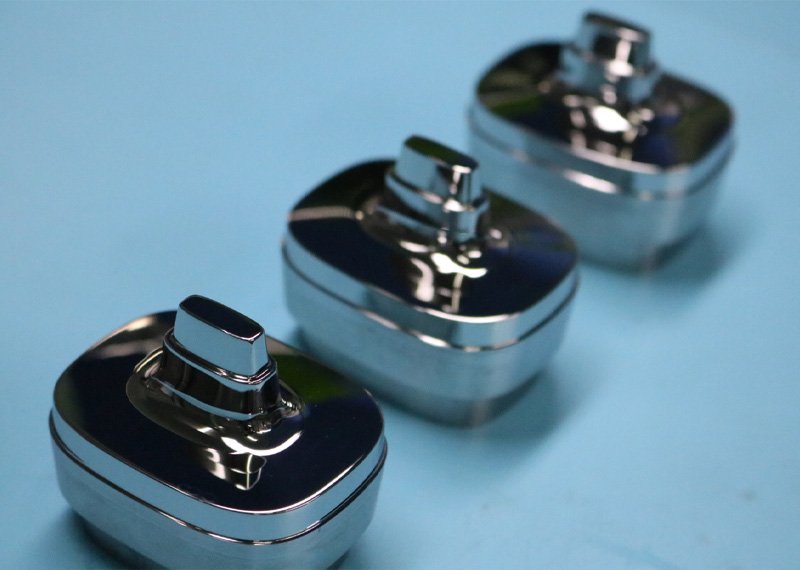
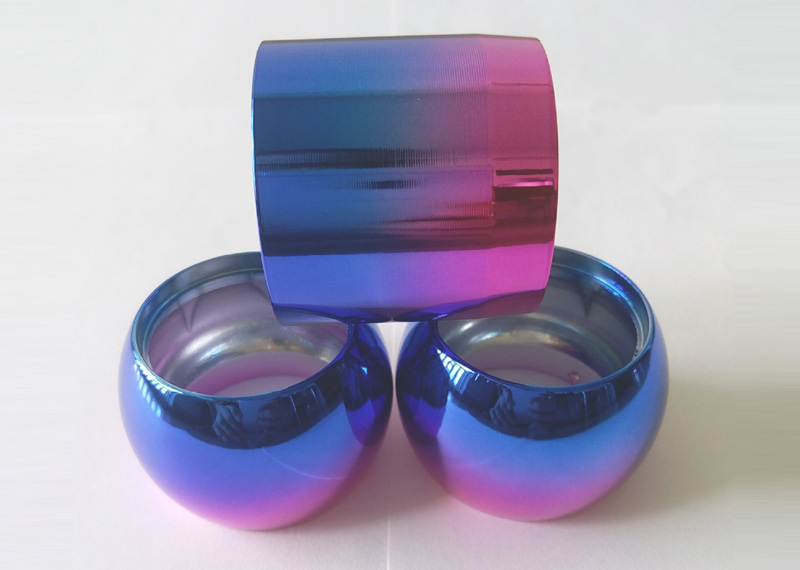
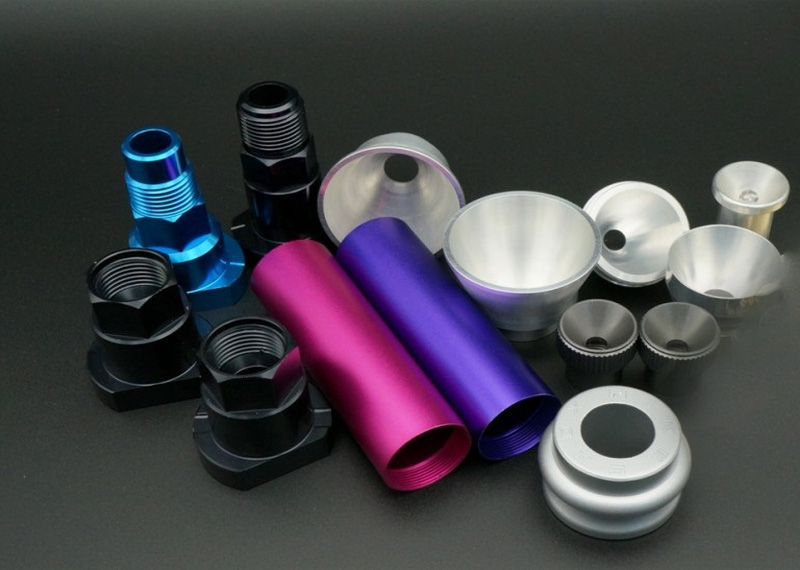
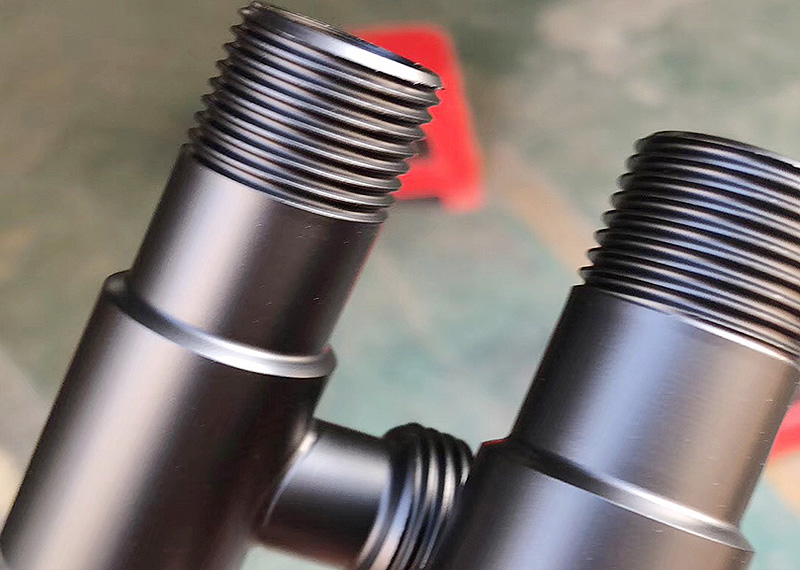
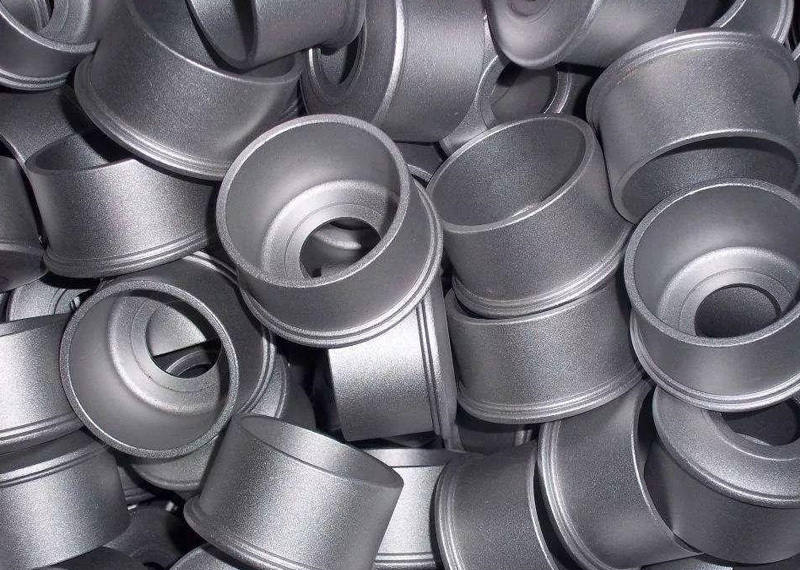
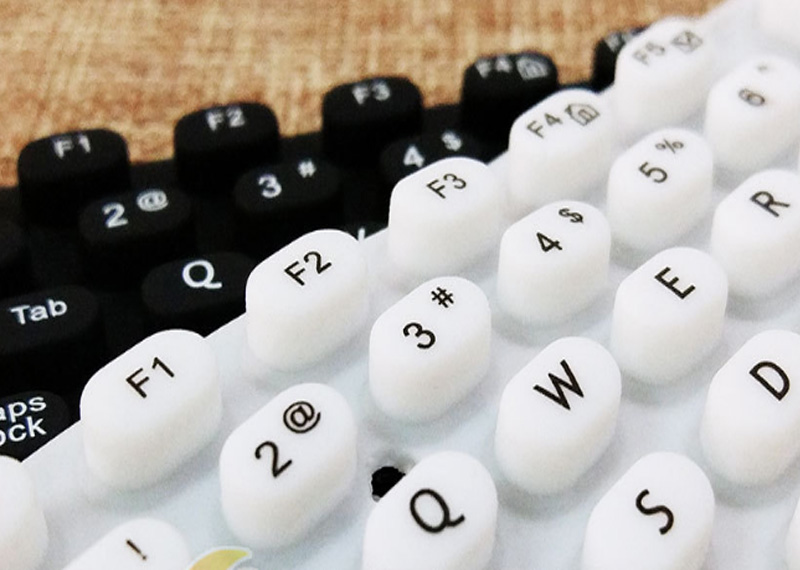
Probably the most widely-known surface finishing process, sanding involves removing surface material with an abrasive sheet or disk.
Abrasive beads are propelled onto the surface which removes material rapidly.
This improves the rust-resistance of steel by removing free iron from the surface with citric or nitric acid
Polishing is similar to sanding but using a finer abrasive media,leaving a clean surface with a significant specular reflection.
It is used to procure desirable characteristics in the material after its finished shape is attained.
A process by which electricity is used to coat one metal (e.g. copper) with a thin bonded layer of another metal (e.g. gold).
Another coating process by which the outer layer of iron oxide on a metal is thickened to improve the mechanical properties.(Type II Anodizing & Type III Anodizing).
Though not always considered a surface finishing process, painting allows you to improve the appearance and material properties.
This treatment method is similar to electroplating; however, it does not utilize electricity. A reduction agent replaces the electricity, and it is contained in the plating solution.
It is a type of coating that is applied as a free-flowing, dry powder,which is typically applied electrostatically and then cured under heat or with ultraviolet light.
Winners Rapid has advanced CNC machining facilities to manufacture quality parts with excellent strength and tolerance.When it comes to your product, performance is vital — but the finishing touches can make all the difference. And we offer various selection of professional finishing services to supplement our manufacturing processes in order to ensure better performance and longevity for your market-ready standout prototype or low-volume product parts.
Wide Range Of Finishing , Strict Quality Control , One-Stop Solution
| #3 Finish | Also known as grinding, roughing or rough grinding. When the finish is specified as #3, the material is polished to a uniform 60–80 grit. |
| #4 Architectural finish | Also known as brushed, directional or satin finish.A #4 architectural finish is characterized by fine polishing grit lines that are uniform and directional in appearance |
| #4 Dairy or sanitary finish | This finish is commonly used for the medical and food industry and almost exclusively used on stainless steel.This finish is much finer than a #4 architectural finish. This finish enhances the physical appearance of the metal as well as increases the sanitary benefits. |
| #6 Finish | Also known as a fine satin finish. This finish is produced by polishing with a 220–280 grit belt or wheel softened with a 220–230 greaseless compound or very fine non woven abrasive belt or pad. |
| #7 Finish | It is produced by polishing with a 280–320 belt or wheel and sisal buffing with a cut and color compound.This is a semi-bright finish that will still have some polishing lines but they will be very dull. |
| #8 Finish | Also known as a mirror finish. This finish is produced by polishing with at least a 320 grit belt or wheel finish.Care will be taken in making sure all surface defects are removed. |